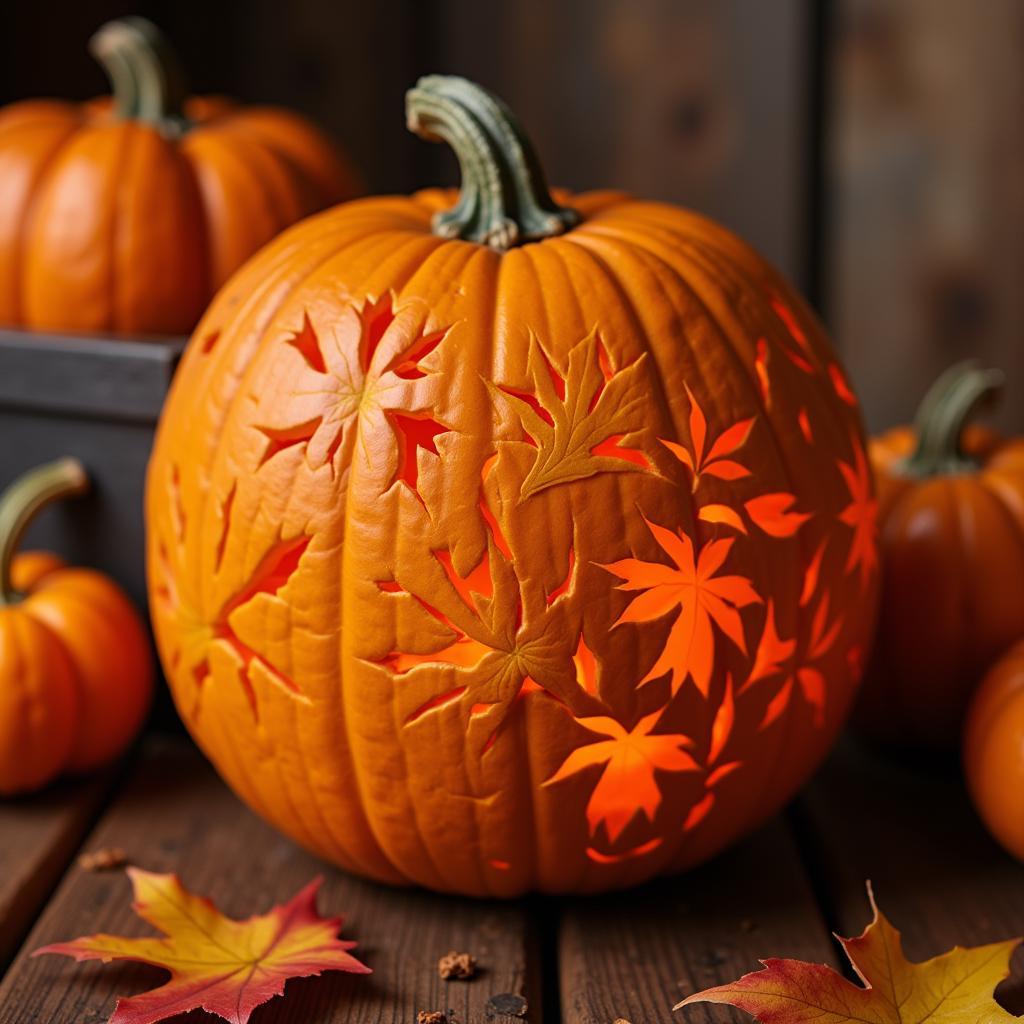Fluid Art UK: A Beginner’s Guide to Exploring This Mesmerizing Art Form
Fluid art is an exhilarating and captivating art form that utilizes the fluidity of paint to create mesmerizing and unpredictable patterns. In the UK, fluid art has become increasingly popular, with many artists and enthusiasts embracing this unique style. This comprehensive guide will delve into the world of fluid art in the UK, providing insights into its origins, techniques, resources, and opportunities for artistic expression.
What is Fluid Art?
Fluid art, also known as “acrylic pouring” or “liquid art,” is a technique that involves pouring acrylic paints onto a canvas or other surfaces, allowing them to flow and blend naturally. The resulting artwork showcases mesmerizing patterns, textures, and abstract forms, often resembling celestial landscapes, flowing rivers, or swirling galaxies.
Origins and Evolution of Fluid Art in the UK
The origins of fluid art can be traced back to the 1960s, with abstract expressionist artists experimenting with pouring techniques. However, fluid art gained widespread popularity in the UK during the early 2000s, thanks to online communities and social media platforms that showcased the vibrant and visually captivating artworks.
Types of Fluid Art Techniques
There are numerous fluid art techniques, each offering unique results and creative possibilities. Some popular methods include:
- Acrylic Pouring: The most common method, involving pouring acrylic paints mixed with a medium onto a surface.
- Swipe Art: Creating streaks and patterns by using a tool to swipe across the wet paint.
- Cell Art: Creating distinct cells within the paint by using a blowtorch or heat gun.
- Resin Art: Combining epoxy resin with acrylic paints to create glossy, three-dimensional artworks.
Fluid Art Resources in the UK
For aspiring fluid artists, the UK offers a wealth of resources and communities to support their creative journey.
- Online Communities: Numerous Facebook groups, forums, and Instagram accounts dedicated to fluid art connect artists and enthusiasts, offering tips, tutorials, and inspiration.
- Workshops and Classes: Various art studios and independent instructors offer workshops and classes on fluid art techniques, catering to different skill levels.
- Art Supply Stores: Local and online art supply stores provide a wide range of paints, mediums, and tools specifically designed for fluid art.
Finding Inspiration and Opportunities
The UK boasts a vibrant community of fluid artists, showcasing their works in galleries, exhibitions, and online platforms.
- Galleries and Exhibitions: Explore art galleries and exhibitions dedicated to contemporary art, as fluid art is often featured in mixed-media shows.
- Online Portfolios: Many fluid artists have online portfolios and social media accounts showcasing their creations and connecting with potential collectors.
- Etsy and Art Markets: Platforms like Etsy and local art markets provide opportunities for fluid artists to sell their artwork and connect with buyers.
Key Considerations for Beginner Fluid Artists
As you embark on your fluid art journey, keep these essential aspects in mind:
- Safety: Always wear protective gear like gloves and masks when working with acrylic paint and mediums.
- Experimentation: Fluid art thrives on experimentation. Don’t be afraid to try different techniques, color combinations, and mediums to find your unique style.
- Practice: Consistency is key. The more you practice, the more confident and proficient you’ll become in controlling the fluidity of paint.
Expert Insights
“Fluid art is a journey of discovery and self-expression. Embrace the unpredictable nature of the paint and allow it to guide your creativity. Experiment with different techniques, colors, and mediums to discover your unique style.” – [Expert Name], renowned fluid artist and instructor
“The beauty of fluid art lies in its ability to create mesmerizing and unique patterns. Each artwork is a one-of-a-kind expression of the artist’s creativity and imagination.” – [Expert Name], curator of contemporary art exhibitions
Conclusion
Fluid art in the UK is a captivating and ever-evolving art form that offers boundless opportunities for creative expression. From its mesmerizing patterns to the unpredictable nature of paint, fluid art continues to inspire and captivate both artists and art enthusiasts. As you embark on your fluid art journey, remember to embrace experimentation, practice your techniques, and find inspiration from the vibrant UK art community.
FAQ
Q: What type of paint is best for fluid art?
A: Acrylic paints are the most commonly used for fluid art due to their versatility and drying time.
Q: Do I need any special equipment for fluid art?
A: While you can get started with basic supplies like canvases, paints, and cups, specialized tools like pouring cups, heat guns, and silicone mats can enhance your experience.
Q: Where can I learn fluid art techniques?
A: Online tutorials, workshops, and classes offered by art studios and independent instructors are excellent resources for learning fluid art techniques.
Q: How do I sell my fluid art?
A: Platforms like Etsy, art markets, and online portfolios are effective avenues for selling fluid art.
Q: What are some popular fluid art trends in the UK?
A: Some current trends include incorporating metallic paints, resin finishes, and unique textures into fluid art creations.



